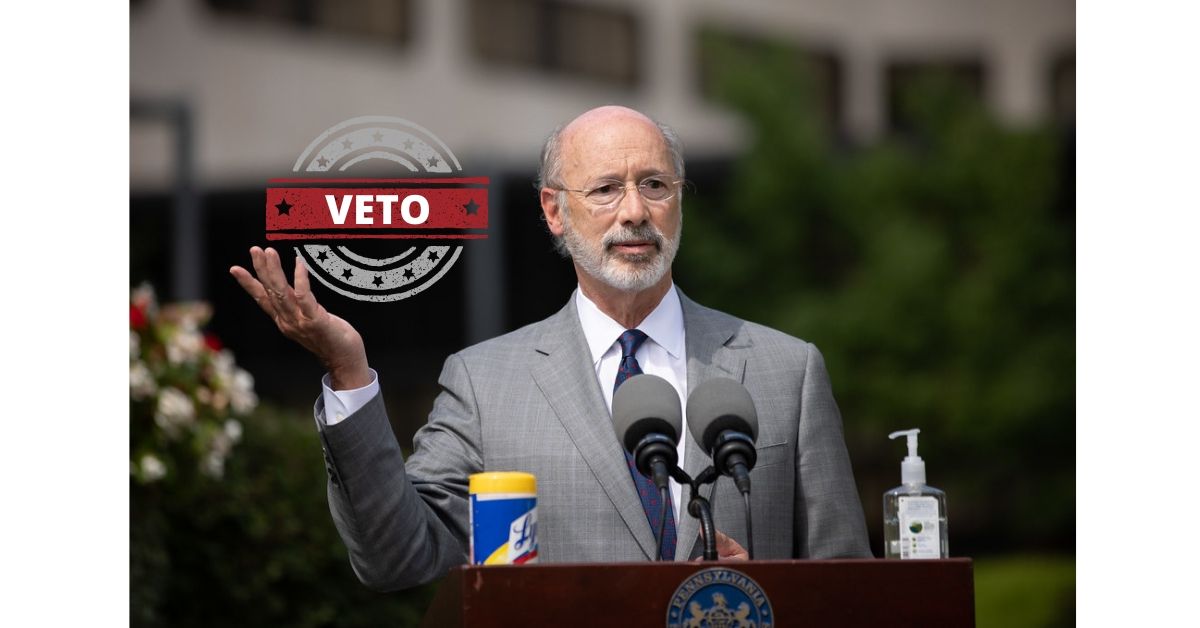“I’m Just a Bill”: The Pennsylvania Supreme Court Rules on House Resolution 836, the General Assembly’s Attempt to Terminate Governor Wolf’s Emergency Powers

Any time I can use Schoolhouse Rock to explain a complicated legal issue, I have to jump on it. Today is one of those days. On June 9, the Pennsylvania Senate and House of Representatives adopted Concurrent Resolution 836. The Concurrent Resolution said that the state of disaster emergency due to COVID-19 was over and that the Governor had been directed to issue an order ending the state of emergency.
However, Governor Wolf claimed that the General Assembly did not have the constitutional ability to end the state of emergency. This argument went very quickly to the Pennsylvania Supreme Court for a decision.
Finally, on July 1, the Pennsylvania Supreme Court said that Concurrent Resolution 836 was not valid. Why?
Schoolhouse Rock on the Legislative Process
I do not want to discuss any political issues around the Emergency Declaration or the Concurrent Resolution. It is more important to know the actual legal reasoning behind the Supreme Court’s decision. The best way to understand their reasoning is to think back to the classic Schoolhouse Rock jingle, “I’m Just a Bill“:
I’m just a bill
Yes, I’m only a bill
And if they vote for me on Capitol Hill
Well, then I’m off to the White House
Where I’ll wait in a line
With a lot of other bills
For the president to sign
As this catchy jingle reminds us, once a bill is passed by the legislative branch, it must be passed onto the executive branch to approve or veto.
Presentment: The Power of the Veto
The Supreme Court’s reasoning for invalidating the Concurrent Resolution was that the General Assembly could not “legislate” without giving the Governor a chance to veto their action. The Court’s decision is wholly based on Constitutional law and the separation of powers between the Governor and the General Assembly.
Justice Wecht’s opinion starts out by saying:
We express no opinion as to whether the Governor’s response to the COVID-19 pandemic constitutes wise or sound policy. Similarly, we do not opine as to whether the General Assembly, in seeking to limit or terminate the Governor’s exercise of emergency authority, presents a superior approach for advancing the welfare of our Commonwealth’s residents.
The Court decided that the General Assembly could not take any action to legislate without giving the Governor a chance to veto it. This process is called “presentment.” The Pennsylvania Constitution (just like the United States Constitution) has a series of checks and balances on the powers of the legislative branch (the General Assembly) and the executive branch (the Governor). Anytime that the General Assembly passes something, it needs to be presented to the Governor to either sign or veto. The Pennsylvania Constitution allows the General Assembly to override the Governor’s veto with a two-thirds vote of both chambers.
This process is the system of governmental checks and balances that everyone learned in junior high civics class. Or if you are my age, during Saturday morning cartoons.
The Supreme Court’s opinion talks about events that happened before the birth of the United States. It quotes James Madison and discusses the origination of the Federal and State Constitutions in 1790. If anyone is interested in constitutional law, it is an interesting academic read, especially with the Fourth of July coming up.
But the decision boils down to this: the General Assembly’s Concurrent Resolution is actually a “law.” Because of this, it has to follow the constitutional requirement of going to the Governor to make it effective. Since it did not, the Concurrent Resolution could not end the Governor’s disaster state of emergency.
